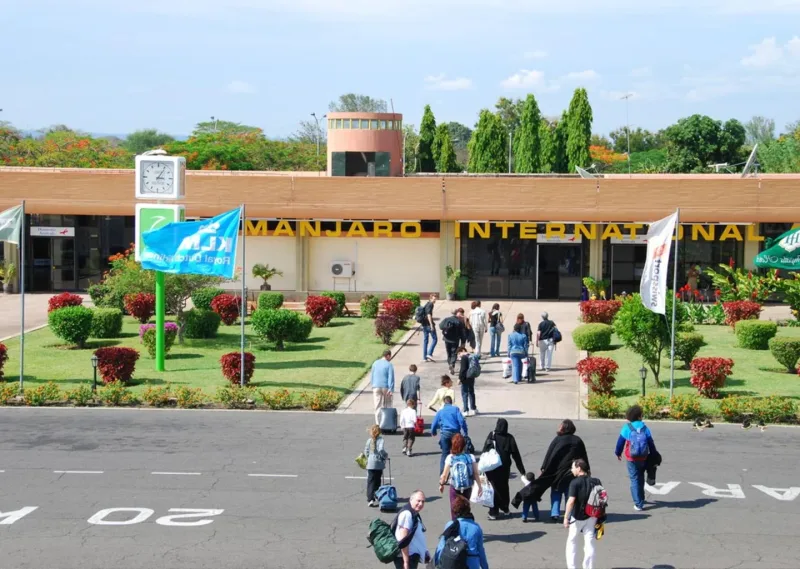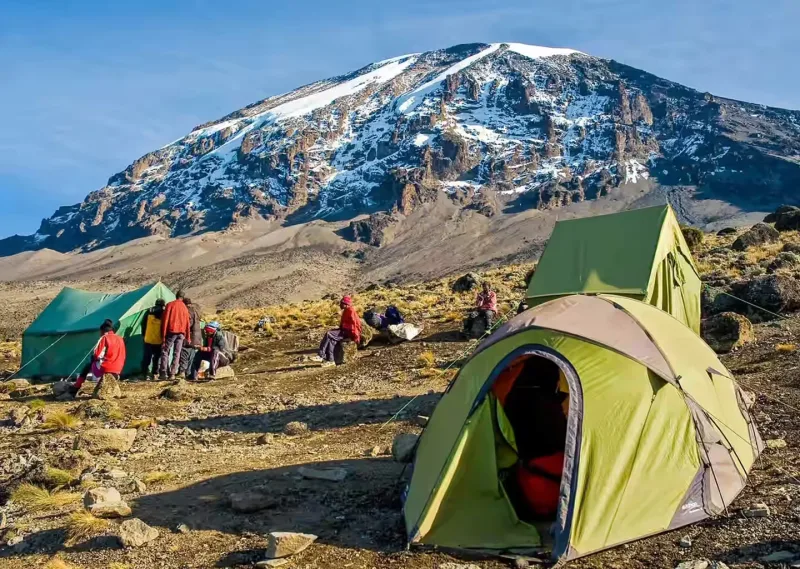Mount Kilimanjaro National Park
The Highest Free-Standing Mountain in the World
Why Visit Mount Kilimanjaro National Park
Africa’s Tallest Mountain:
Standing at 5,895 meters (19,341 feet), Kilimanjaro is the highest peak in Africa and one of the Seven Summits of the world, attracting adventurers from across the globe.
World-Famous Treks:
The park offers several trekking routes such as Machame, Marangu, Lemosho, and Rongai, each providing unique landscapes and experiences on the way to Uhuru Peak.
Diverse Ecosystems:
Climbing Kilimanjaro is like walking from the equator to the Arctic in a week. You pass through lush rainforests, alpine meadows, moorlands, and barren high-altitude deserts before reaching the icy glaciers at the summit.
Scenic Beauty:
Snow-capped peaks rise above sweeping plains, creating dramatic and unforgettable views, especially at sunrise when the sky glows golden over Africa.
Cultural Experience:
Treks are guided by the Chagga people and other local communities, who share traditions, stories, and warm hospitality along the way.
Best Time to Visit
January – March:
Clear skies, slightly colder, fewer crowds. Great for photography and less busy routes.
June – October (Dry Season):
Most popular trekking season with stable weather, clear visibility, and excellent climbing conditions.
November & April – May (Rainy Seasons):
Trails can be muddy and slippery, but the mountain is quieter and landscapes are lush. Some routes may be more challenging.
👉 Year-Round Destination:
Kilimanjaro can be climbed year-round, but the dry months (January–March and June–October) are best for a safer and more enjoyable trekking experience.
Safari Experience (Mount Kilimanjaro Style)
Summit Treks:
The ultimate adventure is trekking to Uhuru Peak, the “Roof of Africa,” a life-changing journey that tests endurance and rewards climbers with breathtaking views above the clouds.
Day Hikes & Short Treks:
Not everyone has to summit! Many visitors enjoy day hikes on the lower slopes through rainforests alive with colobus monkeys, birds, and waterfalls.
Wildlife Encounters:
The lower slopes host elephants, buffaloes, leopards, and primates, making Kilimanjaro not just about trekking but also about safari-like experiences.
Cultural Tours:
Explore Chagga villages at the base of the mountain, taste local coffee, visit banana farms, and learn about traditions that have thrived in Kilimanjaro’s fertile foothills.
Photography Opportunities:
The contrast of snow-capped peaks rising above golden savannah is one of Africa’s most iconic images. Sunrise and sunset shots from the slopes are world-class.




